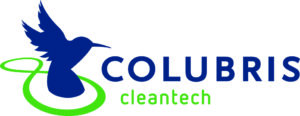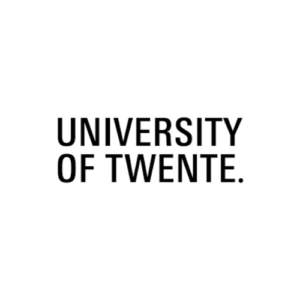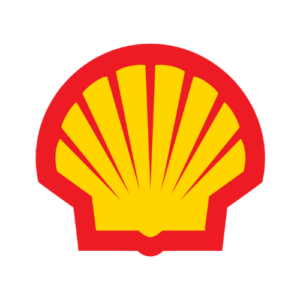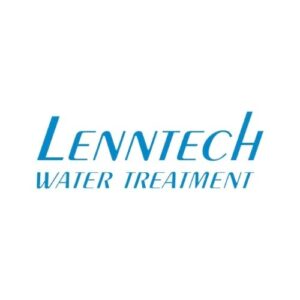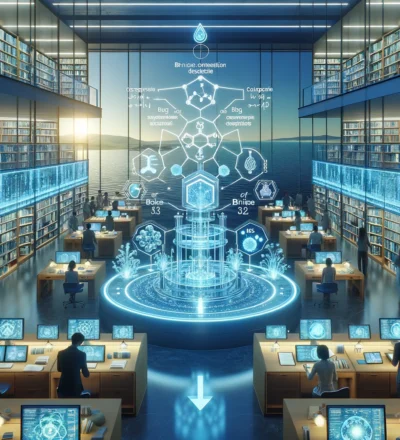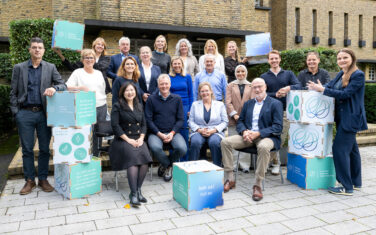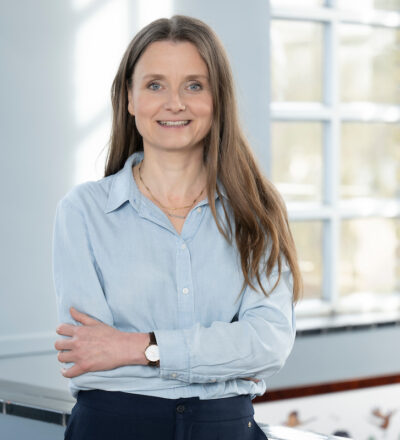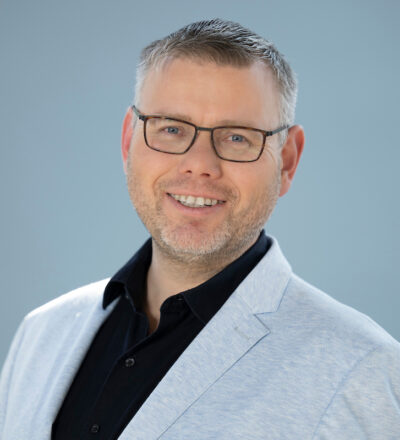Due to climate change, process water for the industry is becoming increasingly scarce, while (waste) salt solutions containing water and valuable salt are often discharged. Although technical solutions for the recovery of water and salts from these streams are available, these technologies are not cost-effective. To secure industrial water availability and at the same time make optimal use of salt and water from waste streams, more energy efficient and cost-effective technologies need to be developed
In short:
- Current technologies are unable to efficiently desalinate water
- The goal is to develop a library of complementary techniques for concentrating brines beyond reverse osmosis
Fundamental approach
The pressure driven membrane techniques Osmotically Assisted Reverse Osmosis (OARO) and Low Salt Rejection Reverse Osmosis (LSRRO), as well as Electro Dialysis with ceramic membranes (ED-C) and Liquid-Liquid Extraction with Aqueous Two-Phase Systems (LLX-ATPS) will be studied for concentration and fractionation of aqueous salt streams.
Fundamental research questions will be studied at the University of Twente (UT), while the technology providing companies Lenntech and Colubris will be involved in scaling up studies on lab and module scale. The end users Nobian and Shell will be involved as work package leaders, help steering the research and development towards results useful for their businesses.
The combination of low TRL research at the university with active involvement of end users and technology providers for scaling up allows us to assess these technologies on both fundamental aspects, and readiness for implementation within the next years after finalizing of the project.
Anticipated results
OARO and LSRRO demonstrated at both lab scale and module level, development of new ultrathin CED membranes and their characterization in a laboratory environment, as well as LLX using ATPS systems in counter-current mode are expected to provide the end users in this project with necessary developments to prepare themselves for upcoming challenges regarding salty waste streams and water availability.
You might also be interested in
Acknowledgement & partners

